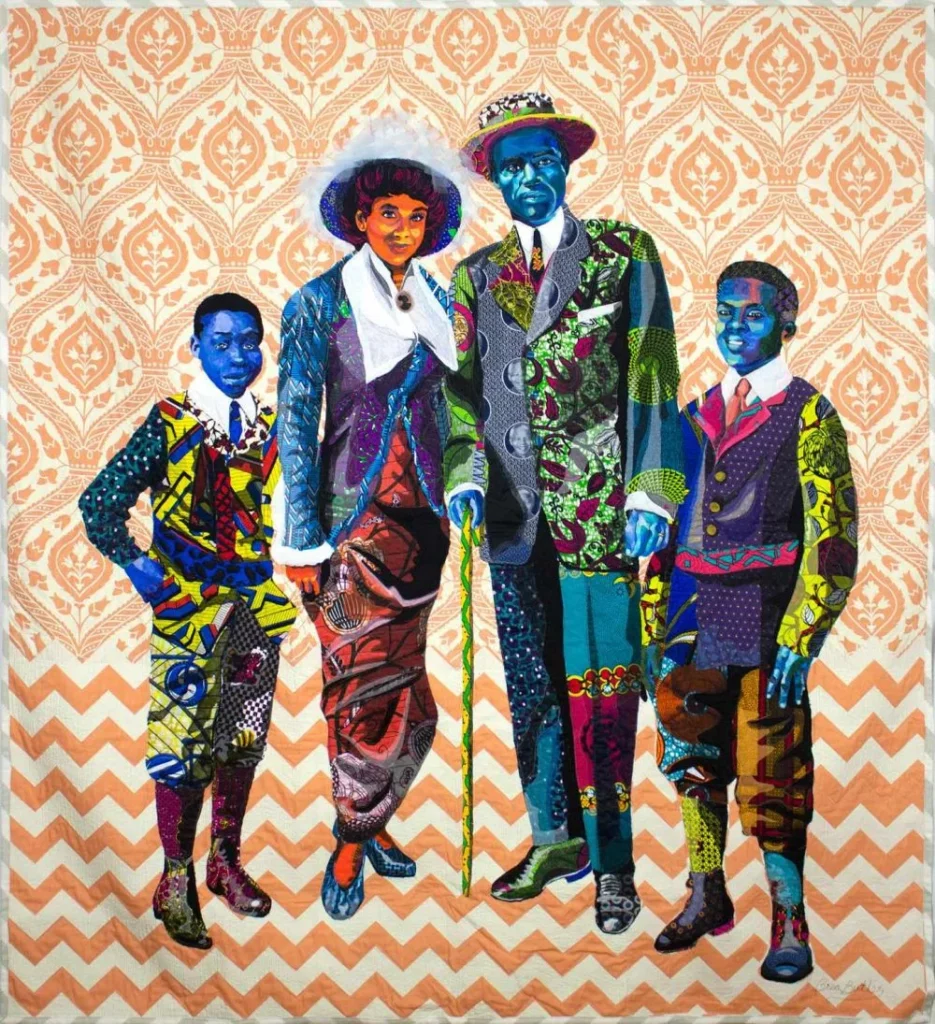Can what you eat impact your mental health? Increasing research suggests it just might. Research increasingly scrutinizes Western-style diets for their potential impact on mental health. A meta-analysis of studies from 10 countries, conducted by researchers at Linyi People’s Hospital in China, suggests a link between dietary patterns and depression. Similarly, a study led by Felice Jacka, PhD, from Deakin University in Australia, found a connection between diet and hippocampal volume in older adults. In children, consuming fast food, sugar, and soft drinks was associated with a higher prevalence of ADHD, as per research led by Maria Izquierdo-Pulido, PhD, of the University of Barcelona. Children with lower vegetable, fruit, and fatty fish intake showed more ADHD symptoms, even when controlling for other factors. Though these studies don’t prove causality, they suggest diet could influence ADHD through unknown mechanisms. Furthermore, small dietary changes can significantly improve mental health. Jacka’s study found that depressed adults who received nutritional counseling and adjusted their diets saw higher remission rates compared to those receiving social support. These findings contribute to the growing field of nutritional psychology, which examines the role of diet in the development and treatment of mental health disorders. Despite calls for more rigorous research, the evidence hints at the potential for new dietary-based prevention and treatment strategies for various psychological conditions.
In the 1990s, psychologist Bonnie J. Kaplan, PhD, was initially skeptical of claims that multinutrients could treat ADHD. After seeing data showing improvements in children who took supplements, she shifted her focus to nutritional psychology. Now a professor emerita at the University of Calgary, Kaplan has studied a multinutrient formula designed to address brain nutrient deficiencies. Her research has found promising results in improving emotional control, treating behavioral issues in children, and reducing distress after disasters. Studies show micronutrients improve overall functioning, as seen in a trial led by Julia J. Rucklidge, PhD, where ADHD patients who took supplements reported better functioning and mood improvements compared to a placebo group. Despite mixed results in ADHD symptom measures, Kaplan and Rucklidge stress the importance of overall functional gains.
The growing body of research in nutritional psychology shows that what we eat plays a crucial role in our mental well-being, not just our physical health. Studies like those led by Bonnie J. Kaplan and Julia J. Rucklidge reveal how even small dietary changes, such as incorporating more nutrient-rich foods, can lead to improvements in mood, emotional control, and overall functioning. While more research is needed, the evidence suggests that nourishing your body with a balanced diet can be a powerful tool in supporting both your mental and physical health. So, consider making mindful choices at mealtime—not just for your body, but for your mind as well.
Reference:https://www.apa.org/monitor/2017/09/food-mental-health


